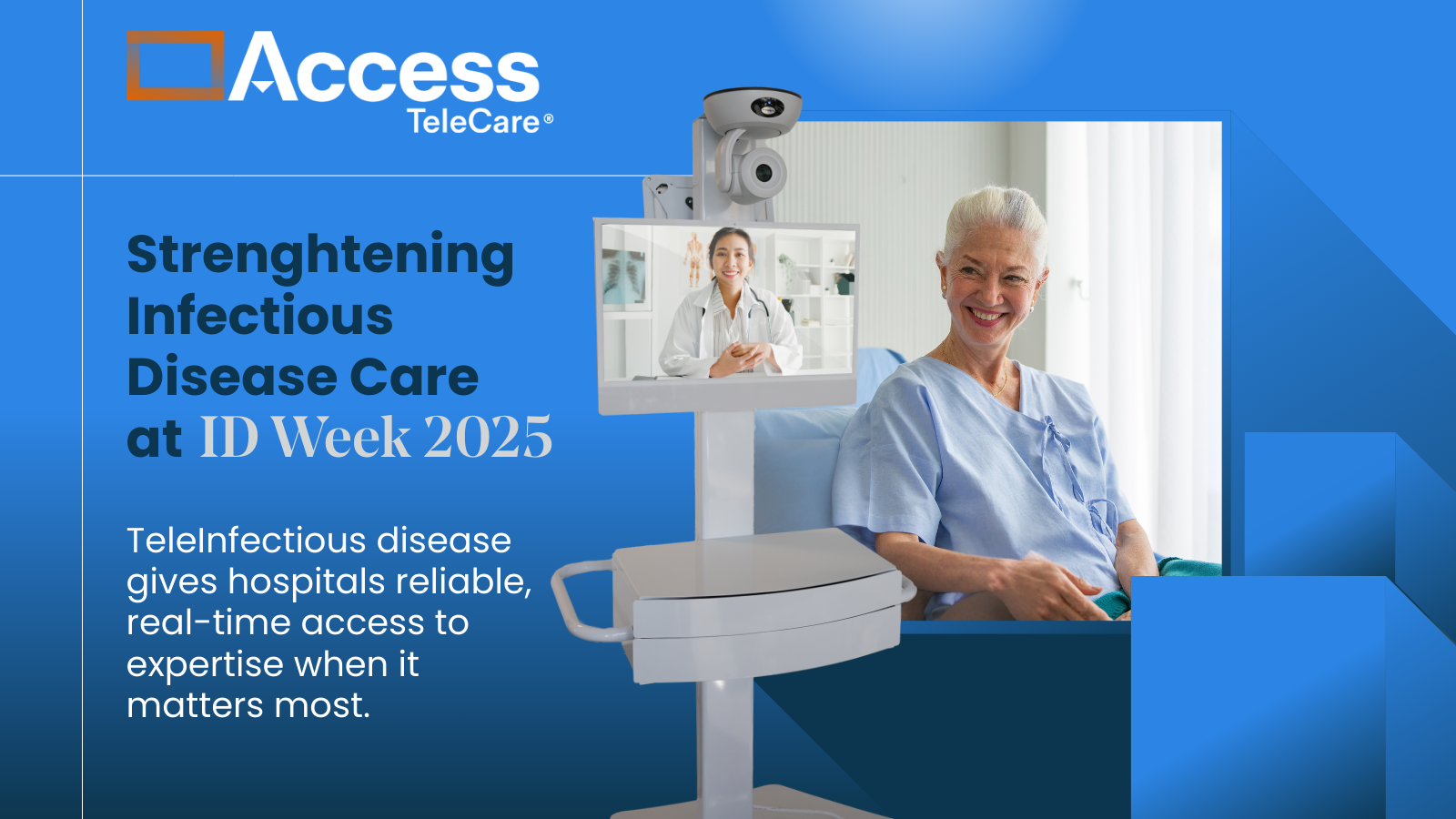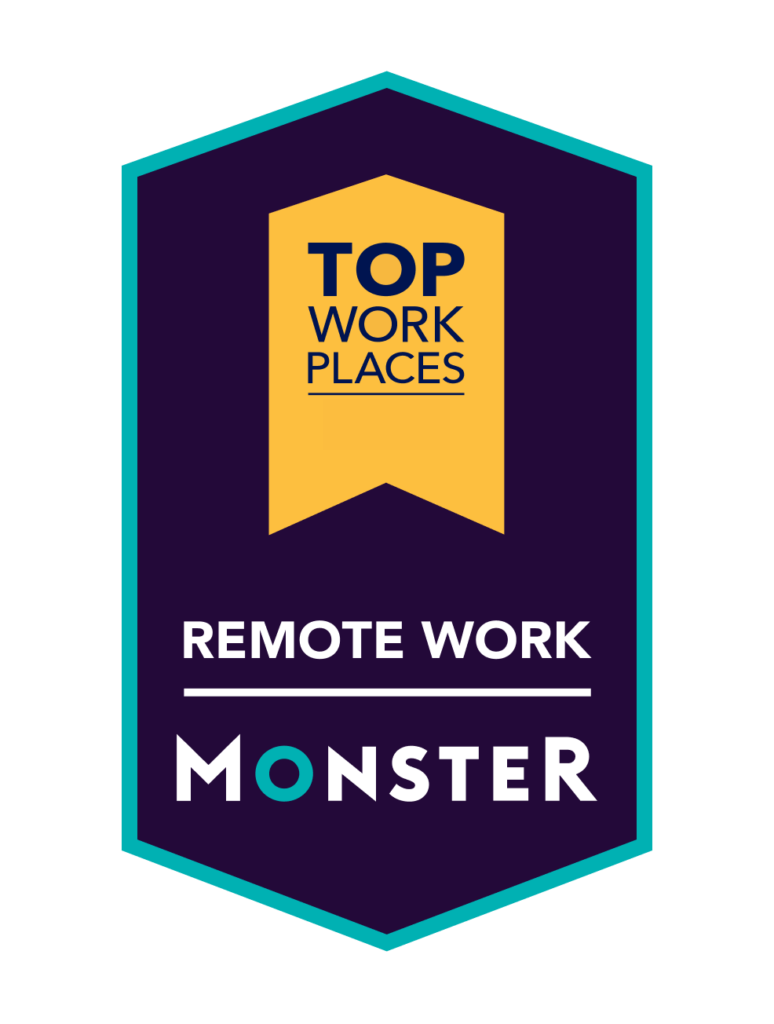By R. Jason Hallock, M.D., MMM, Chief Clinical Innovation Officer at Access TeleCare
Imagine you’re trying to build a house without a measuring tape. You might have a general sense of the dimensions, but without precise measurements, you’re bound to end up with a lopsided structure. For many leaders, a similar approach is used to initiate equity initiatives. For an industry driven by measures and outcomes, healthcare has the potential to be a leader in analytics that define best practices to maximize equity.
Despite recognizing the importance, there’s a lack of measures and key performance indicators to assess the outcomes of our work to achieve equity. The vision to secure access to the highest quality care for traditionally underserved groups no longer has to be an aspirational reach for organizations. Access TeleCare has made it possible through telemedicine, and for our hospital and health system partners, our measures reveal our ability to make equity – through access – a standard.
We’re not simply talking about equity as something we’d like to address. We’re using sophisticated measurement tools to track our progress across the United States.
In search of a practical definition of healthcare equity
Both in the academic literature and among advocacy groups, there’s no shortage of well-intentioned attempts to capture the meaning of “health equity.”
The World Health Organization, for instance, defines it as: the absence of unfair and avoidable or remediable differences in health among population groups.[1] The Robert Wood Johnson Foundation and the Centers for Disease Control and Prevention say health equity is ensuring that everyone has a fair and just opportunity to be as healthy as possible.[2] This involves removing obstacles to health such as poverty, discrimination, and lack of access to jobs, education, housing, and healthcare. Others link health equity to social justice, implying that no one should be denied the possibility to be healthy due to belonging to a historically disadvantaged group.[3] Healthy People 2030 emphasizes that achieving health equity requires addressing avoidable inequalities and historical and contemporary injustices.[4]
Many other organizations have tried to create equity indices based on factors like insurance coverage, provider availability, and health outcomes. These efforts are commendable, but there are several problems.
First, definitions tend to be broad and abstract, making them challenging to operationalize or measure in real-world settings. Second, they often focus on ideal end-states rather than providing actionable metrics for progress. Third, these definitions frequently overlap with broader social and economic issues, blurring the lines between healthcare-specific equity and general societal fairness. Finally, these efforts typically lack the granularity needed to address equity issues in specific medical specialties or geographic regions.
While many organizations offer important guiding principles, they fall short of providing concrete, measurable indicators of health equity that can drive targeted interventions and improvements in healthcare delivery.
A real-world equity dashboard
In my work as chief clinical innovation officer for Access Telecare, we’re developing a new approach to measuring healthcare equity. By leveraging our position as the nation’s largest provider of acute and specialty telemedicine, we are creating what may be the most comprehensive healthcare equity dashboard to date. Here’s how:
- Massive Dataset: Our billing data alone covers millions of patient encounters. About 25 percent of these patients are underinsured or uninsured, and that’s just the starting point. Another roughly 70 percent live in low-income or health professional shortage areas, with some cross-over between the two groups.
- Comprehensive Metrics: Our dashboard incorporates gender and ethnicity information, as well as publicly available data that maps federal designations for underserved areas. When we factor in all these elements, we see that about 84 percent of our patient population falls into an underserved population by definition.
- Sophisticated Methodology: We’ve developed a method to classify zip codes based on their healthcare shortage status. Some are 100 percent shortage areas, others have no shortage at all, and for those in between, we’re using sampling techniques to achieve a 99 percent confidence interval in our patient classifications.
- Specialty Focus: We don’t stop at general metrics. As a multi-specialty acute care telemedicine company, our goal is to break down our equity measures by each specialty, allowing us to understand how equity issues manifest differently in mental health, neurology, and other specialized areas of care.
- National Scope: Our specialty services are available to over 216 million Americans through our local hospital and health system partners with a catchment area covering about 65 percent of the U.S. population. Through telemedicine we are enabling access to high-quality acute specialty care for a wide swath of the country that would otherwise have no access to that level of care in their community.
Measuring what matters
So, how will yet another healthcare dashboard actually improve healthcare? The answer gets to the heart of why we’re undertaking this project.
First, you can’t improve what you can’t measure. By providing real-time, data-driven insights into healthcare equity, we’re not just quantifying the problem. We’re laying the groundwork for solutions. With access to understandable, actionable data on how equity issues manifest across different regions and specialties, we enable more informed conversations with and among hospital and health system partners about how this data can further their own goals of serving their respective communities.
Second, our approach is uniquely comprehensive. Unlike studies limited to specific regions or health systems, our dashboard has the potential to provide a truly representative picture of healthcare equity across the United States. It’s like going from a blurry polaroid to a high-definition video.
The road ahead
Developing these measures and instituting them into this dashboard is no small feat. We’re dealing with vast amounts of data, complex methodologies, and the absolute necessity of ensuring patient privacy.
Still, we’re not just crunching numbers. We’re reshaping how we understand and address healthcare equity in the U.S.
It’s a big task, but our goal is simple: to move beyond vague definitions and limited metrics to provide a clear, data-driven picture of healthcare equity in America. Because only when we truly understand the problem can we begin to solve it.
[1] https://www.who.int/health-topics/health-equity#tab=tab_1
[2] https://www.rwjf.org/en/insights/our-research/2017/05/what-is-health-equity-.html
[3] https://www.ncbi.nlm.nih.gov/pmc/articles/PMC3863701/
[4] https://health.gov/healthypeople/priority-areas/health-equity-healthy-people-2030








